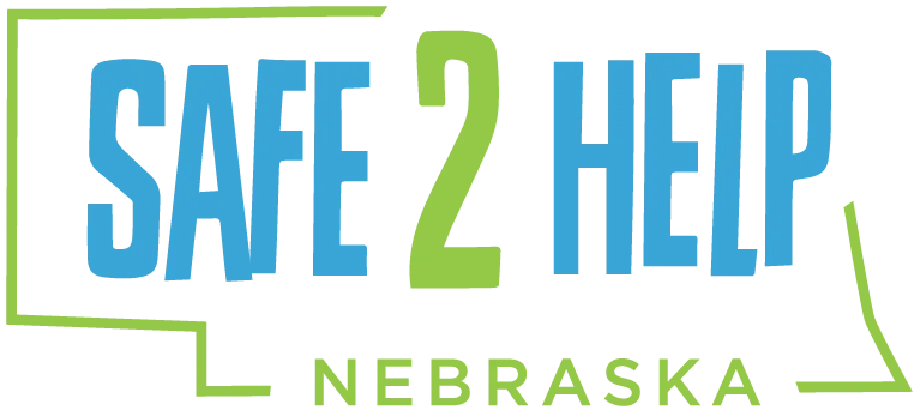COMMUNICABLE OR INFECTIOUS DISEASE PROCEDURES
Students will be excluded from school for the following communicable diseases. Each of the communicable diseases listed below has a period for exclusion.
1. Measles (Rubeola): Students may return to school the fifth day after the onset of the rash. The State Health Department must be notified immediately. Students who are at risk of contracting the disease (who have not been adequately immunized against measles) will be excluded or served in another manner for the duration of the measles outbreak.
2. Three-day measles (Rubella): Students may return to school seven days after the onset of the rash. The State Health Department must be notified immediately. Students who are at risk of contracting the disease (who have not been adequately immunized against rubella) will be excluded or served in another manner for the duration of the rubella outbreak.
3. Mumps: Students may return nine days after the onset of parotid swelling. The state Health Department must be notified immediately.
4. Chicken pox (Varicella): Students may return to school seven days after the initial onset of the rash if all pox are dry and the student is symptom free.
5. Shingles (Herpes Zoster): Students may return to school after all lesions are dried.
6. Streptococcal Infection: Students may return to school 24 hours after start of an antibiotic therapy regimen if body temperature is normal.
7. Ringworm (Tinea Corporis), Impetigo, Scabies, and Pinkeye (Conjunctivitis): Students shall remain out of school at least one day and until treatment has begun. Students with mild tinea corportis, impetigo, scabies and conjunctivitis may be sent home at the end of the school day with instructions not to return until under a physician's care.
8. Head Lice: Students shall be excluded from school until completion of first treatment and all nits (eggs) are removed. Students with a mild case of head lice may be sent home at the end of the school day with instructions not to return until after completion of the first treatment and removal of all nits.
9. Herpes Simplex Virus: Students having open skin lesions that cannot be covered with a dressing shall be excluded from school until the lesions are dried.
10. Hepatitis A: Students may be readmitted to school upon approval of their physician.
11. Elevated Body Temperature: Students with temperatures over 100 degrees shall be sent home from school. Body temperature should be normal for 24 hours before returning to school.
12. Hepatitis B and Human Immunodeficiency Virus (HIV) also referred to as Aids Related Complex (ARC) and Acquired Immune Deficiency Syndrome (AIDS): Determination of the school attendance status of a student with Hepatitis B or HIV/ARC/AIDS will be on a case by case basis.
If the Principal and/or Superintendent of the student's school receives information that a student has become infected with Hepatitis B or HIV, the superintendent shall contact the parents of the student to determine if they wish their child to continue to receive educational services as currently being provided.
If the student is to continue, the superintendent shall immediately convene a planning team which shall prepare recommendations needed to appropriately accommodate the student in his/her current placement. The planning team shall include, but not be limited to the following persons:
1. The student's parents or guardians
2. The student's representative (at the option of the parents)
3. The student's physician
4. The superintendent of the student's school district of residence
5. The student's teacher or teachers
6. The school district's medical representative (at the option of the school district administration
7. The school principal
8. The consultants representing the Nebraska State Departments of Education and Health and Human Services
The planning team shall: (1) Receive a medical overview of the student's condition; (2) Consider the nature of the risk (how the disease is transmitted); (3) Consider the severity of the risk (the potential harm to third parties); (4) Consider the behavior and neurological development of the student; (5) Consider the student's interaction with staff and other students; (6) Consider the desires and needs of the student and his/her family.
The planning team shall generate recommendations for serving the student for the teachers, other students, the superintendent of the student's school district, and the custodians. The planning team shall generate recommendations concerning the restroom facilities, lunchroom facilities, transportation, public relations and any emergency procedures. Should the planning team recommend a change in the current IEP or IFSP, an IEP or IFSP team meeting shall be convened immediately.
It is the goal of the district that all Hepatitis B and HIV/ARC/AIDS affected students be able to attend educational programs and participate in activities in an unrestricted setting so long as such attendance and participation would be reasonable. However, exceptions will be made for students with neurological impairments or developmental delays resulting in a lack of control over body fluids and displays of behavior such as biting, or students who have uncovered oozing lesions.
The privacy of the student and his/her family must be protected and the knowledge that a student has a communicable condition should be confined to persons with a direct need to know basis unless parental authorization is obtained to waive privacy rights. If it becomes necessary to inform others, these persons will be provided with information concerning the necessary precautions and will be informed of confidentiality rights and privacy requirements.
Students attending regional programs, such as special education programs provided by the ESI, will be subject to the policies established by that agency.
